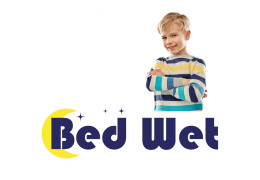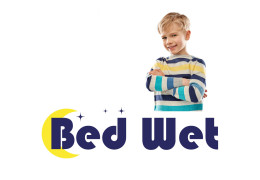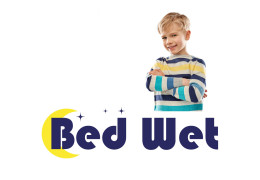An alarm is one of the most effective treatments for nocturnal enuresis.It works by waking the child as soon as the first drops of urine are present , which allows the brain to gradually learn to recognize the signal of a full bladder during sleep.

Autism and noise: hypersensitivity
Are all autistic people hypersensitive to noise?
No, not everyone with an autism spectrum disorder is necessarily hypersensitive to noise .
First, it's important to know that an autistic person can be hypersensitive or hyposensitive. Second, these sensory sensitivities can apply to various senses: hearing, touch, taste, sight, or smell.
Hyposensitivity is the exact opposite of hypersensitivity; that is, the person doesn't feel things deeply enough and will therefore seek stronger stimulation. With regard to noise, for example, they might vocalize or move closer to certain sounds to stimulate their hearing.
It is therefore a mistake to associate autism with noise intolerance; one must observe and listen to the autistic person to determine whether they are rather hyposensitive or hypersensitive.
What exactly is hypersensitivity to noise?
Auditory hypersensitivity is an intolerance or low tolerance to noise. The sounds that bother hypersensitive people may seem very ordinary at first glance and go completely unnoticed by a typical person; they may even be inaudible to most people.
Furthermore, it is difficult for an autistic person to sort through the different noises heard and to give them the right priorities, which gives them the feeling of a kind of permanent racket.
As you can see, autistic people who have auditory hypersensitivity do not perceive sounds in the same way as others.
This can be very problematic and lead to significant fatigue, migraines, stress, and difficulty concentrating. Excessive noise stimulation can also trigger seizures or render the person incapacitated for a period of time (up to several days).
As you have probably understood, hypersensitivity to noise is something to be taken very seriously.
What support is available for autistic people who are hypersensitive to noise?
In their daily lives, there are autistic people who prefer to wear headphones.
What, highly sensitive people who listen to music?
Remember, earlier I said that annoying sounds can be banal.
Sometimes only certain sound frequencies are problematic, so the person will listen to their favorite music to mask the background noise. Furthermore, their brain will only have one sound to process, eliminating the excess auditory stimulation.
Unfortunately, this "trick" does not work in cases where the person concerned cannot or does not want to cut off all communication; in such cases, other methods must be considered.
To help autistic people, there are tools such as noise-canceling headphones or earplugs . These items reduce noise and help restore inner calm and improve concentration; they can therefore be very useful at school or work.
Noise-canceling headphones have several adjustment settings so they can be worn by both children and adults, making them practical because, when folded down, they are easily carried in their small bag. A further advantage of these headphones is that they have thicker-than-average ear cushions for added comfort. If an autistic person has difficulty wearing headphones, they can opt for earplugs .
The main advantage of noise-canceling earplugs is that they reduce background noise while maintaining clear conversations. They filter out sounds of a specific frequency, blocking out unwanted noise and allowing the wearer to hear what's best. They're also ideal for complete discretion; they're virtually invisible!
Determining whether to opt for noise-canceling headphones or earplugs isn't so simple. Some people with autism spectrum disorder won't tolerate the pressure exerted by headphones on their heads, while others have great difficulty accepting a foreign object and won't appreciate earplugs. Unfortunately, there's no magic bullet; everyone is different, so you have to try them out.








Latest comments